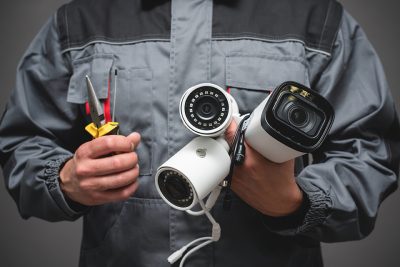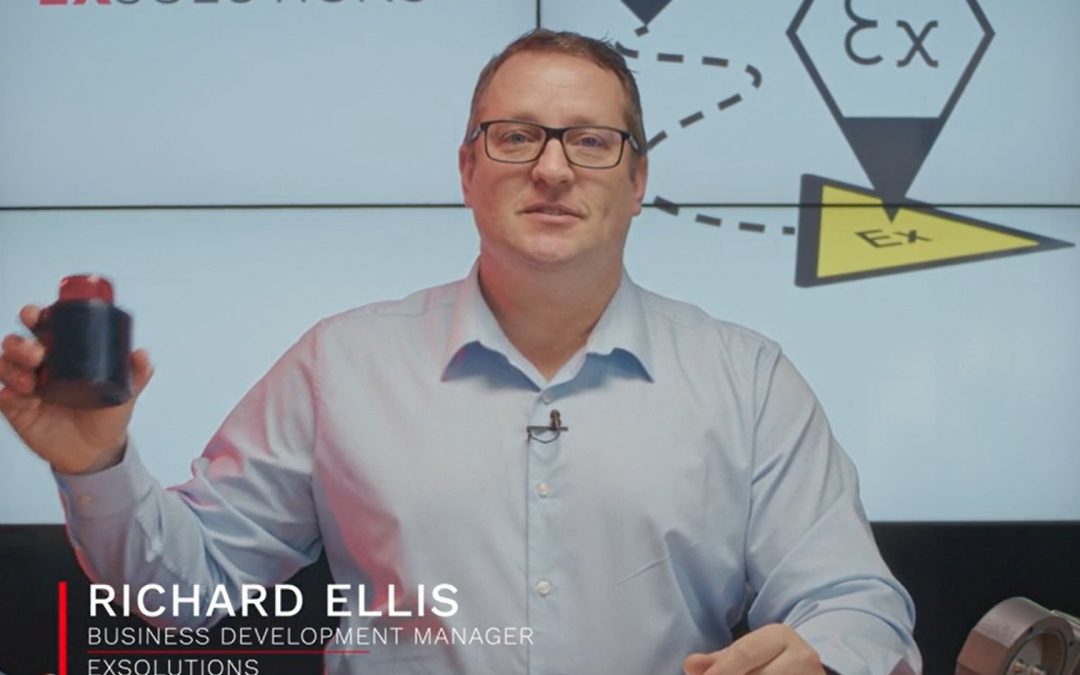If you’ve got a great product but your customer wants to use it in a hazardous area, what do you do? Richard Ellis from EXSolutions talks through the options of taking a standard product and making it ATEX compliant with explosion protection.
Note: this article is written for businesses that have no experience of explosion protection, ATEX or hazardous areas.
Have you have been asked for an explosion proof or ATEX version of your product but have no idea what to do? Perhaps it’s a one off or opportunity or perhaps there are huge volumes. Would you just say no and turn away the business?
Well, you may not need to. And this one enquiry could open up a brand new market, with great returns. Industries such as oil and gas, pharma, chemicals, waste, military, cosmetics, logistics and many more operate with hazardous areas where flammable material is processed, handled or stored.
Understanding ATEX Compliance – the basics
The environment where the equipment will be used dictates how it must be certified. So, the starting point is the classification of the hazardous area. In a chemical factory for example.
This involves determining the type and frequency of an explosive atmosphere, Zone 0, 1 or 2 for gases/vapours and Zone 20, 21 and 22 for dusts.
Whatever that classification is determines whether the equipment needs to be “ATEX” compliant to a particular level of safety.
ATEX (ATmosphères EXplosibles) is a European Union directive that regulates equipment and protective systems intended for use in potentially explosive atmospheres. The directive ensures that products are safe and effective in environments where there is a risk of explosion due to flammable gases, vapours, mists, powders or dust.
The principles of ATEX are the same as IECEx, and there are other local regulations around the world.

IMAGE: Standard products simply can’t be installed in a hazardous area, like these CCTV cameras. They could cause an explosion.
The hazardous area classification defines the ATEX product design
Once you know the Zone (and there are other technical details you’ll need), that will define to what level of safety your product will need to comply with. In all instances, the idea is to prevent the product from causing an ignition in a potentially explosive atmosphere, either through electrical sparks, hot surfaces, static and more.
Cameras, CCTV, computers, forklifts, lights, light switches, mechanical and electrical products such as transmissions, well service equipment, vehicles, robots, MEWPS, reciprocating engines, gas turbines and many other products could all cause an ignition.
Your product could to!
So how do you make your product(s) explosion proof and ATEX compliant, using materials and components that are suitable for explosive atmospheres?
Options for ATEX product design and development
One option is to do it yourself by training your team or employing an experienced EX engineer so you can do the design, development and production inhouse. The EXSolutions team can support with ATEX / DSEAR training and the supply chain as required.
However, inhouse product development can take time, large investment, and you may struggle to get the certification promptly.
The second option is to get a specialist Ex consultant who can support with the ATEX product development, specifically for ATEX/IECEx, and help get it manufactured on your production line.
This is a great way to use specialist resources as required, keeping costs down, fast tracking certification and time to market. We advise this option for repeat volume products, but it assumes the production line is flexible enough.
The third and final option can be good for low volumes or simply to avoid changing production processes. You can get a company like EXSolutions to do the whole thing for you, from design, supply chain management through to production. We take care of everything and deliver a complete ATEX compliant – or local regulation – product, by following our 4 phase development program.
Development and certification support from EXSolutions
If you involve EXSolutions, we can design the initial Ex concept and prototype and develop the whole supply chain of buying materials and get the ATEX solution onto your production line. This means you take control of the manufacturing and certification to allow for repeat orders and ongoing lifetime support.
We bring significant Ex engineering experience to equipment, product and component manufacturers. Just some of the elements we can help with include:
- Ex new product design and blueprinting
- OEM prototyping and ATEX product development support
- Electrical and non-electrical Ex product consulting
- Certification support (IEC60079 and ISO80079)
- Ex manufacturing support and Ex supply chain management
- Compiling comprehensive technical documentation that includes design drawings, risk assessments, test results, and user manuals. We help ensure the new Ex product is placed onto the market by the customer with the required marking, documentation, and certification such as ATEX 2014/34/EU or IECEx
- Getting the product “ATEX” ready and submitting the product design for an EU-type examination by a Notified Body, so it gains a Declaration of Conformity first time. This helps you get to market faster and with the lowest possible certification costs.
- Ongoing support to maintain compliance
- Complete equipment conversions
Read more about how EXSolutions can help with ATEX product design, manufacture and certification.
So don’t say no to explosion proof requests, say maybe, and give us a call.
Call the EXSolutions team in the UK on : +44 (0) 1273 456800 or complete the enquiry form.
